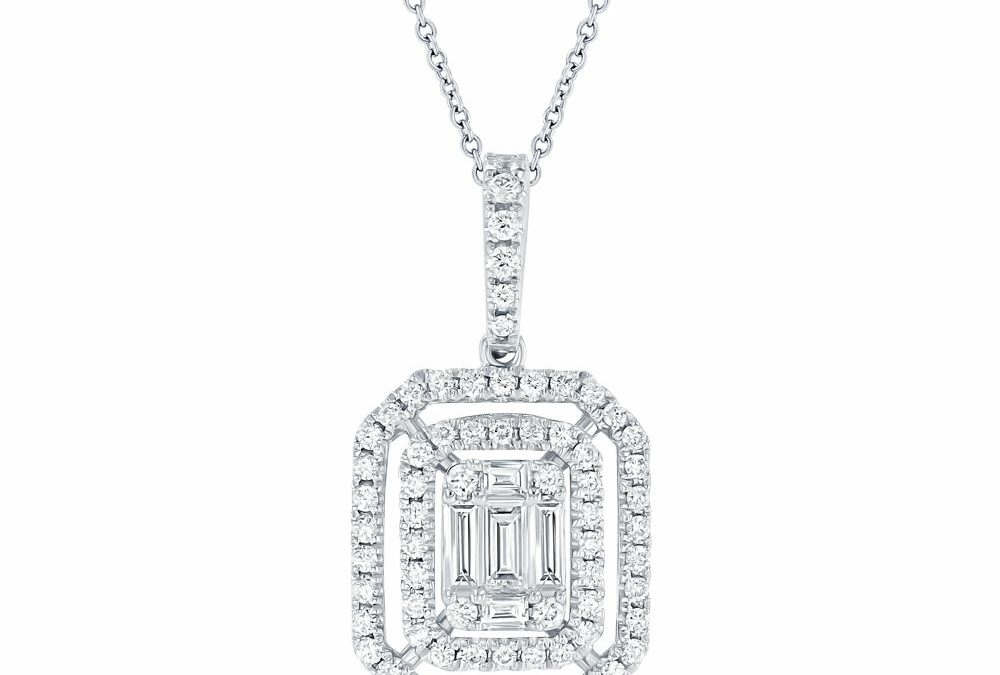Believe it or not, the first synthetic diamonds were produced in 1954. If you haven’t heard about them until now, it’s because their size and quality weren’t enough to commercialize them in the past.
However, times have changed, and lab-grown diamonds might be the next big thing in engagement jewelry for 2024. The lab-grown diamond market is expected to reach $52 billion by 2030. So, why are they becoming the lovebirds’ first choice for engagement rings? What makes them different from natural diamonds?
Let’s dive in and find out!
Lab-Grown vs. Natural Diamonds
The main difference is obvious. Lab-grown diamonds are grown in a lab using a small piece of natural diamond. Thanks to advanced technologies, they undergo a controlled growth process. But this isn’t just any method. It mimics the natural diamond-growing process.
Natural diamonds, on the other hand, are just one of nature’s many wonders. They were formed within the earth’s mantle over a year-long period under intense heat and pressure, so it’s no wonder they’re so valuable.
But now that we’ve established one of the differences between lab-grown and natural diamonds – their origin – let’s take a look at what else differentiates them:
- Cost. You can’t put a price on love, but when it comes to an engagement ring, not everyone can afford a traditional natural diamond. Lab-grown diamonds are the perfect alternative, as they’re more budget-friendly. The only difference is that they weren’t mined.
- Quality. If you’re wondering whether the quality is worse, you shouldn’t worry about it. Even though each natural diamond is unique and characterized by inclusions, this isn’t something you’d notice with the naked eye. Only a scientist can tell.
- Accessibility. Another advantage of lab-grown diamonds is their accessibility. Even though natural diamonds are some of the most common among gemstones, they’re still considered rare. Lab-grown diamonds, on the other hand, allow for a more constant supply.
- Sustainability. Not many young couples would care, but if you’re rooting for a more sustainable feature, you should be aware of this. Mining for natural diamonds can destroy natural habitats and produce carbon emissions, which isn’t the case with lab-produced diamonds.
The Shift Toward Lab-Grown Diamonds
As it turns out, 2023 was the year when lab-grown diamonds became more accepted than ever, and this trend is expected to continue. And we don’t only think about engagement rings. Customers are also embracing non-bridal jewelry.
Famous brands market lab-grown diamonds daily, and through collaborations with influencers, they showcase their quality and value. Many women who thought they’d never be able to afford a diamond now can, and that’s exactly what drives the sales of lab-grown diamond rings.
Deciding Between Lab-Grown and Natural Diamond Engagement Rings
Ultimately, whatever you choose, you won’t make a mistake as long as you’re dealing with professionals. Whether it’s a lab-grown or natural diamond engagement ring, you should only buy from a jeweler who knows their diamonds.
If you’re after the perfect ring, consider customizing it. A diamond-buying guide will help make your decision easier. Our team has a long history of customizing engagement rings. It’s time to choose the right engagement ring for you. Visit our store and find the perfect fit!

